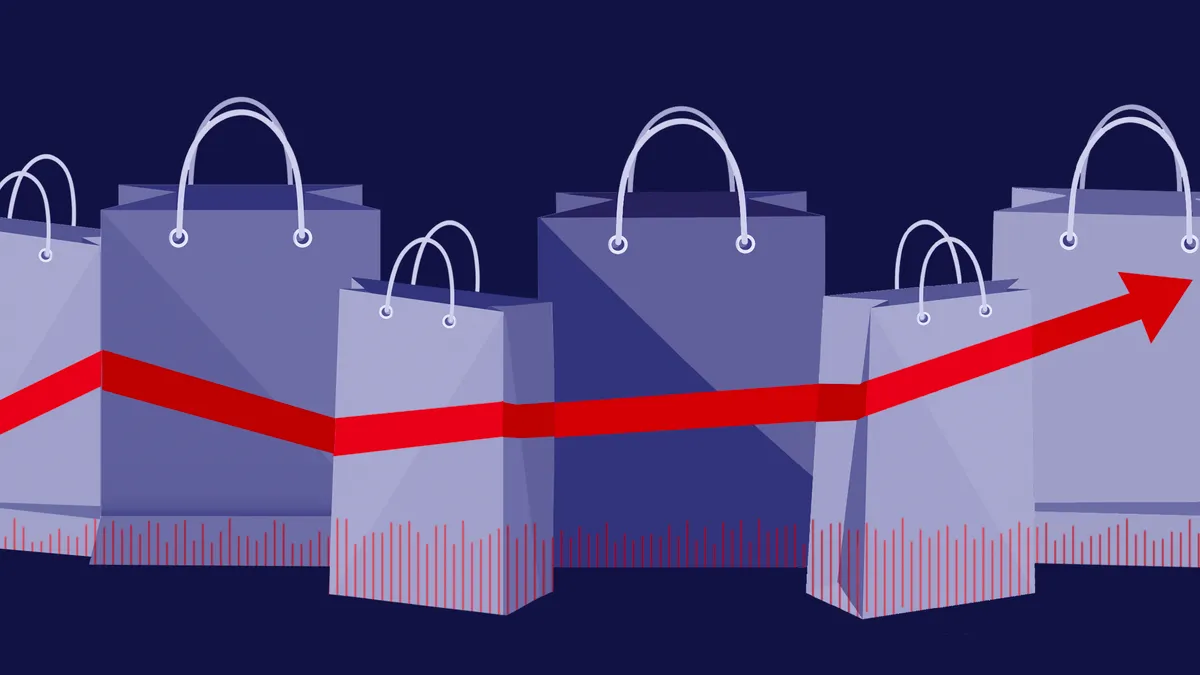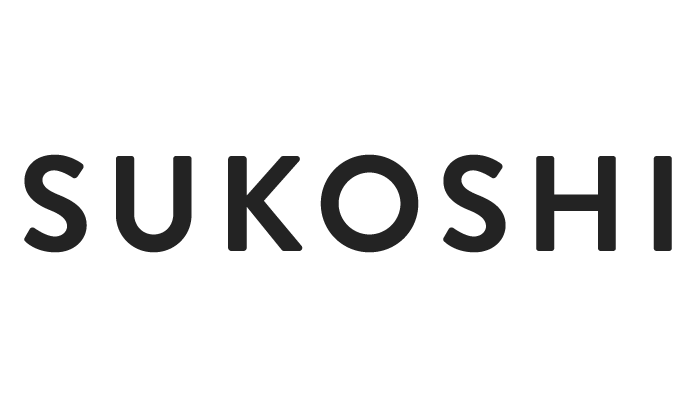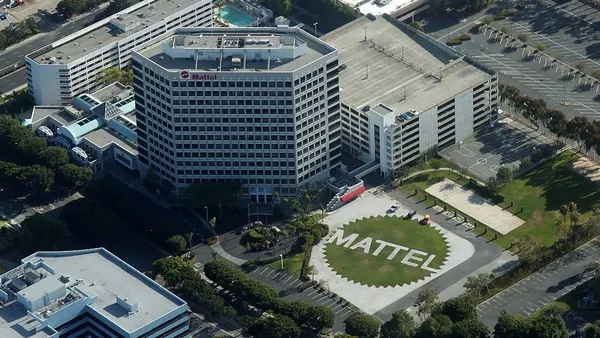Dive Brief:
- Under Armour expects tariffs will halve its profitability this year, CEO Kevin Plank said on a call with analysts Friday. The retailer now anticipates an additional $100 million in tariff-related costs, even as it works to mitigate the impact of the levies.
- One of the brand’s strategies to offset tariffs also overlaps nicely with Under Armour’s goal to premiumize its business: raising prices. Plank noted the retailer has upped the price on its tech T-shirt to $25 and sees an opportunity to push that even higher. He also touted a $45 hat the retailer is selling, when most sell that product for closer to $25.
- “We’d be doing this anyway,” Plank said of Under Armour’s plan to reduce SKUs and sell more products at higher prices. “Whether it’s tariffs or whatever else is happening, I think this is frankly the right component. We’ve looked at other turnarounds, what people have done in strategic transformations — there’s nothing else to do but just slow down, focus on your core, do it better.”
Dive Insight:
As tariffs roil the industry, Under Armour saw revenue fall 4% in Q1 to $1.1 billion. That trend is expected to continue into the second quarter, when the retailer is projecting revenue to decline 6% to 7%. The retailer’s bottom line also continues to be weighed down by restructuring charges as it executes on a plan to drive financial and operational efficiency.
“Our current numbers don’t yet tell the whole story, but the signs are there,” Plank said on the call, adding that he feels Under Armour is being accepted by younger shoppers and making progress on product internally.
And indeed, there is some progress being made. GlobalData Managing Director Neil Saunders noted that “the pace of sales decline has eased and is no longer in double digits,” though sales are still down more than 14% from 2022. Gross margins also improved by 70 basis points in the quarter, a positive signal for pricing and product mix.
“Aside from the financials, the bigger question is whether Under Armour’s strategy is working. Our honest answer is ‘partly,’” Saunders said in emailed comments. “We do see more discipline in ranges and assortments, with some higher-quality products starting to come through. However, there is still not enough storytelling or range clarity to cut through in a crowded market.”
Saunders pointed to challenges with Under Armour’s presence at third-party sellers as well, noting that it falls behind more interesting brands like Hoka and On at Dick’s and looks like “a cheap commodity product” at Kohl’s.
Under Armour, for its part, is making efforts to endear itself to new groups. Plank said the retailer has been working to grow its awareness with Gen Z and Gen Alpha, including by broadening its brand ambassador roster to include high school athletes and influencers in addition to professional athletes. Long a problem for the brand, Plank also acknowledged Under Armour could do better with women.
“We’re also working to close a gap we’ve let sit for too long: the needs of women,” Plank said. “We’re integrating a women’s-centered approach directly into our category management model, led by long-time UA veteran Jeanette Robertson. It’s a structural change and we’re working hard to get it right, not only in product but also in how we design, market and bring her into our brand.”















